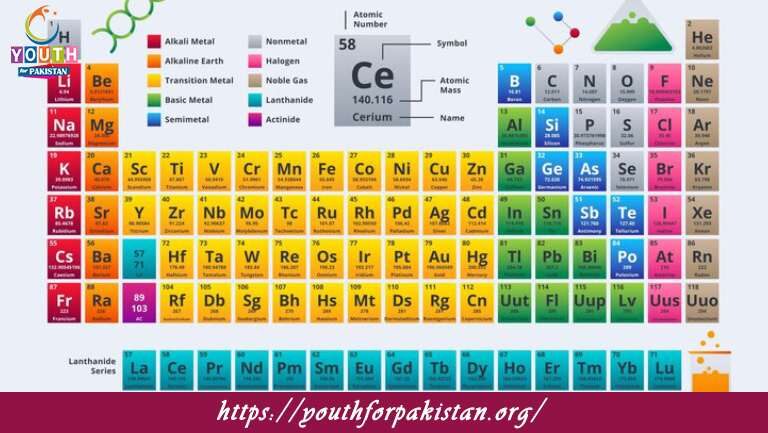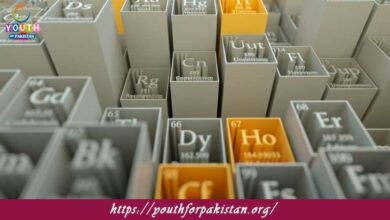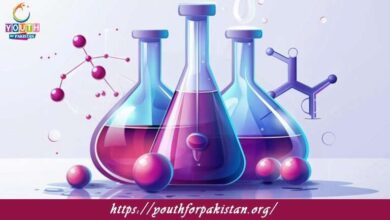12th Class Chemistry Chapter 3 Quiz with Answers

“12th Class Chemistry Chapter 3 Quiz: Group IIIA and Group IVA Elements” gives a deep understanding of the properties, trends, and chemical behavior of elements in Groups 13 (IIIA) and 14 (IVA) of the periodic table. These groups include key elements such as boron, aluminum, carbon, and silicon, which are fundamental in chemistry and real-world applications. Use our MDCAT Quiz and free flashcards to strengthen your command over this chapter.
Properties and Characteristics of Group IIIA Elements (Boron Family)
The Group IIIA elements are Boron (B), Aluminum (Al), Gallium (Ga), Indium (In), and Thallium (Tl). The properties of these elements vary in such a way that they gradually change from non-metallic (Boron) to metallic (Thallium) down the group.
Physical and Chemical Properties
Atomic and Ionic Radii: The atomic radii increase down the group due to the addition of electron shells. However, for the ionic radii, a slight decrease is observed as a result of higher effective nuclear charge.
Ionization Energy: Ionization energy decreases down the group, making elements more reactive. Boron, being a non-metal, shows high ionization energy compared with the rest.
Oxidation States: The most common oxidation states are +3 and +1, with the stability of +1 increasing down the group due to the inert pair effect.
Reactivity: Boron forms covalent compounds, while aluminum and others form ionic compounds. Aluminum reacts with acids and bases, showing amphoteric behavior.
Physical and Chemical Properties
Catenation: Carbon shows a very strong catenation, thus forming long chains of atoms; this property decreases for the heavier elements.
OXIDATION STATES: These elements generally show +4 and +2 oxidation states, with +2 becoming more stable for tin and lead due to the inert pair effect.
Reactivity: Carbon forms many compounds, including organic molecules, oxides (CO and CO₂), and carbides. Silicon is best known for its use in semiconductors and glass.
Allotropes: Carbon has allotropes like diamond, graphite, and fullerenes. Silicon also exhibits polymorphic forms.
MDCAT Quiz for Group IIIA and IVA Elements
- Test Name: 12th Class Chemistry Chapter 3 Quiz
- Type: Quiz Test
- Total Questions: 30
- Total Marks: 30
- Time: 30 minutes
Note: Answer of the questions will change randomly each time you start the test, once you are finished, click the View Results button.
Free Flashcards for Group IIIA and IVA Elements
Use our free flashcards to quickly revise key topics such as the inert pair effect, oxidation states, and the applications of boron, aluminium, carbon, and silicon. These flashcards are a convenient tool to ensure quick and effective revision.
Experience the real exam environment with our expertly designed collection of over 25,000 MCQs MDCAT Mock Tests.






